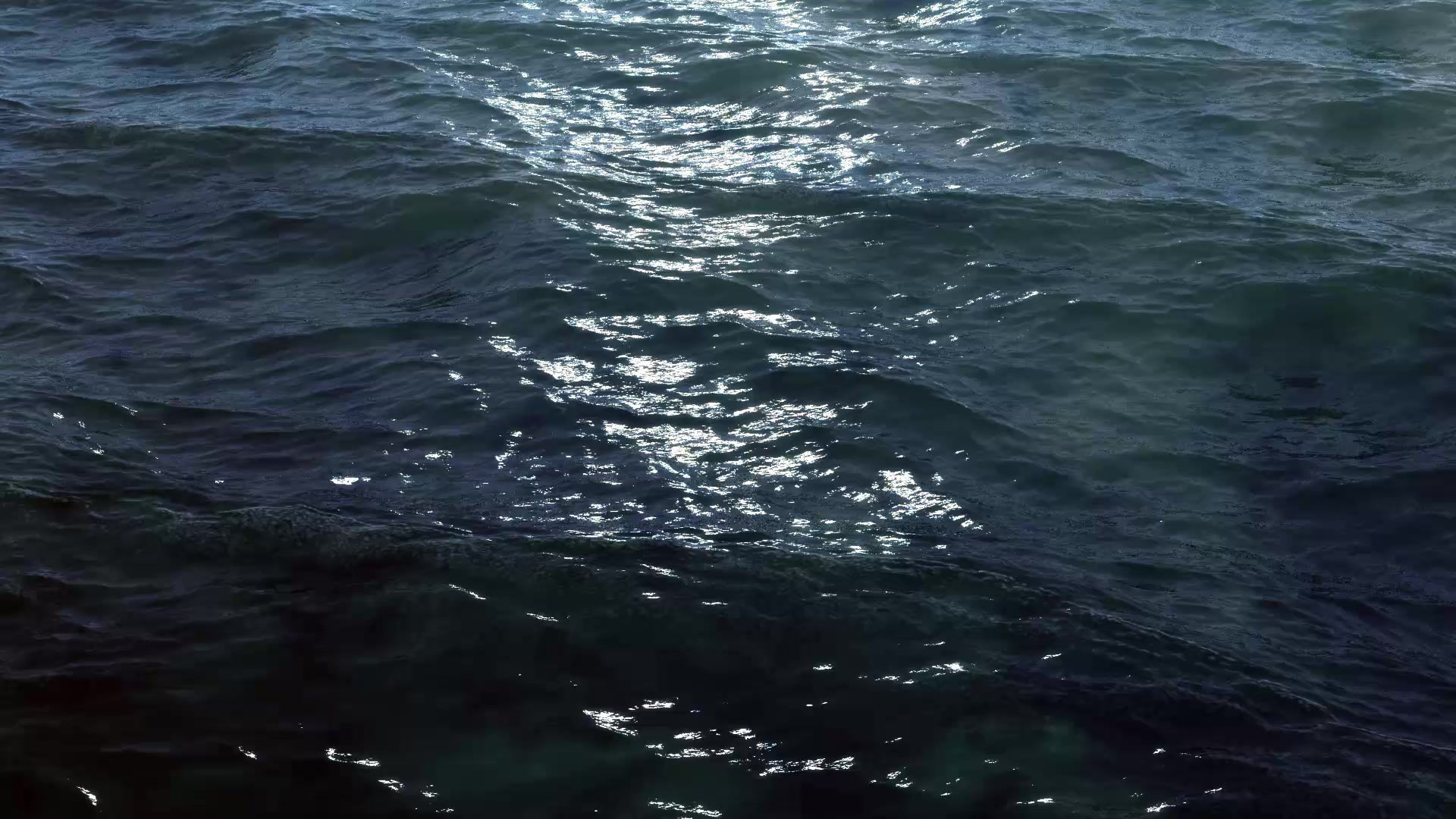The Totoaba: Mexico's Endangered Fish and its Complex Web with Narcotrafficking and the Vaquita Marina
- Gabriela Carranza Castillo
- Jul 4, 2024
- 3 min read
The totoaba (Totoaba macdonaldi) is a critically endangered species of fish found exclusively in the Gulf of California, Mexico. Known for its large size and distinctive swim bladder, the totoaba has become the center of a complex and troubling nexus involving illegal fishing, narcotrafficking, and the imminent extinction of another species, the vaquita marina (Phocoena sinus). This article delves into the biology of the totoaba, the cultural and economic factors driving its exploitation, its connection to organized crime, and the catastrophic impact on the vaquita marina.
Biology and Ecology of the Totoaba
The totoaba is a large, slow-growing fish that can reach up to 2 meters in length and weigh as much as 100 kilograms. It is an anadromous species, meaning it migrates from the sea to freshwater to spawn. The totoaba’s life cycle is closely tied to the Colorado River Delta, where it historically spawned in vast numbers. Due to its size and longevity, the totoaba plays a significant role in the marine ecosystem, contributing to the biological diversity of the Gulf of California.

Economic and Cultural Value
The totoaba's swim bladder, also known as "buche" or "maw," is highly prized in traditional Chinese medicine and cuisine. It is believed to have various health benefits, including enhancing fertility and improving skin condition. This belief has fueled a lucrative black market, where a single swim bladder can fetch tens of thousands of dollars, making it more valuable than gold by weight.

Illegal Fishing and Narcotrafficking
The high demand for totoaba swim bladders has led to rampant illegal fishing. Fishermen in the Gulf of California use gillnets to catch totoaba, a method that is not only illegal but also indiscriminate, often capturing and killing other marine life, including the critically endangered vaquita marina.
The illegal totoaba trade is deeply intertwined with organized crime. Drug cartels, always on the lookout for new revenue streams, have become heavily involved in the totoaba trade. The smuggling routes and methods developed for drug trafficking are now also used for transporting totoaba swim bladders. This involvement of powerful criminal organizations has made the enforcement of fishing regulations and the protection of endangered species even more challenging.
The Vaquita Marina: Collateral Damage
The vaquita marina, a small porpoise endemic to the northern Gulf of California, has been pushed to the brink of extinction primarily due to bycatch in gillnets set for totoaba. With an estimated population of fewer than 10 individuals, the vaquita is the most endangered marine mammal in the world. Conservation efforts have been hampered by the high value of the totoaba swim bladder and the violent resistance from those involved in the illegal trade.

Conservation Efforts and Challenges
Numerous conservation initiatives have been launched to save both the totoaba and the vaquita. These include the establishment of protected areas, bans on gillnet fishing, and the promotion of alternative livelihoods for local fishermen. International cooperation has also played a role, with organizations such as the Convention on International Trade in Endangered Species of Wild Fauna and Flora (CITES) working to combat the illegal trade.
Despite these efforts, enforcement remains a significant challenge. Corruption, limited resources, and the involvement of organized crime make it difficult to ensure compliance with conservation regulations. Moreover, the socio-economic realities of the region, where many communities rely on fishing for their livelihood, complicate the implementation of effective conservation measures.
Looking Forward
Saving the totoaba and the vaquita marina requires a multi-faceted approach that addresses both the ecological and socio-economic aspects of the issue. Strengthening international cooperation, enhancing law enforcement, and providing sustainable economic alternatives for local communities are crucial steps. Public awareness and education are also essential to reduce demand for totoaba swim bladders and to garner support for conservation efforts.

The plight of the totoaba and the vaquita marina is a stark reminder of the complex interplay between environmental conservation, economic interests, and organized crime. While the road ahead is fraught with challenges, a concerted and comprehensive effort can help preserve these species and the rich biodiversity of the Gulf of California. Only through a combination of strong regulations, effective enforcement, and community engagement can we hope to break the cycle of exploitation and ensure a future for both the totoaba and the vaquita marina.






Comments